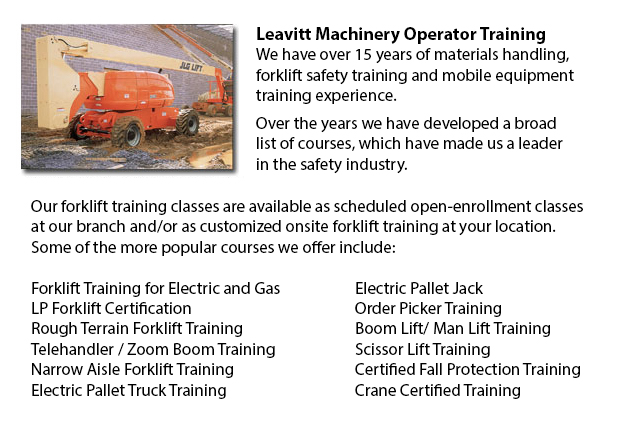
Aerial Lift Certification Marysville - Aerial Lift Certification is for personnel who require a thorough knowledge of aerial lift safety. Supervisors, maintenance workers and construction craftsmen require this training to make sure that operators and inspectors are qualified. State, federal and provincial rules require businesses to be certified in order to do in-house aerial lift inspections.
Most workers who are needed to work at elevated level would often make use of the same means to get to these desired heights, regardless of the kind of work that has to be performed. Scissor lifts and aerial lifts are the mechanized devices utilized to lift equipment and employees to elevated worksites.
Bucket trucks called Cherry Pickers are aerial platforms that feature a supported boom and bucket. The primary hazard to utilizing this particular kind of platform is normally tip-overs, falls and electrocutions. Certification ensures that workers who use aerial lifts are trained correctly to operate the machine safely. Training also makes certain that workers know how to maintain aerial work platforms based on the instructions of the manufacturer.
Aerial lift training certification programs will comprise the following: Vehicle-mounted aerial lifts, Boom-supported scissor lifts and aerial lifts. Trainees will learn about safe operating procedures and would gain knowledge about the hazards which often cause aerial lift accidents. They will become technically competent in the various kinds of aerial lifts, as well as terminology and parts. From interpreting rated capacity charts to choosing the right aerial lift for the job, the certification program will provide workers with everything they must know to do their work safely.
Inspectors and supervisors who have the responsibility to check aerial lift machines have to know how to inspect booms, gears, structural components, operating mechanisms, control systems and functions, power plants, braking systems, pins and shafts, attachments, electric and pneumatic components, hydraulic, operator aids and emergency safety devices, et cetera. Training would comprise the following: the inspector's role in lessening accidents and liability exposure; monthly and annual check; how to perform a pre-use; how to write inspection reports; how to interpret and apply regulations regarding aerial lift safety standards; inspection procedures, techniques and checklists; complying with record keeping requirements; applying and understanding the three levels of aerial lift inspection; and when to remove aerial lifts from service when they are defective.
-
Manlift Safety Training Marysville
Manlift Safety Training Marysville - It is important for experienced Manlift operators to be aware of the connected hazards which come with particular types of scissor lifts. They must be able to operate the scissor lift in a way that protects not on... More -
Forklift Operator Certification Marysville
Forklift Operator Certification Marysville - Forklift operator certification is normally required for employees working in industrial, warehouse or construction environments to guarantee the safe utilization of forklifts. Workplace training need to f... More -
Crane Training School Marysville
Crane Training School Marysville - The crane training school offers industry-relevant programs. Courses provide trainees with learning outcomes that match present industry demands. Our small class sizes combine hands-on experience and theory. Our ind... More -
Heavy Equipment Training Marysville
Heavy Equipment Training Marysville - Normally, the different kinds of heavy equipment training are divided into 2 categories of machines: those that have rubber tires and tracked vehicles. Tracked vehicles comprise items like cranes, bulldozers and... More -
Counterbalance Forklift License Marysville
Counterbalance Forklift License Marysville - Forklifts, when operated by fully trained workers, are a major advantage to companies. We provide a thorough training program covering all aspects of operating a powered lift device. Counterbalance forklif... More -
Boom Lift Safety Training Marysville
Boom Lift Safey Training Marysville - Boom lifts are a type of elevated work platform or aerial lifting device which are normally utilized in warehousing, construction and industry. Boom lifts could be used in virtually any environment due to their v... More -
Aerial Lift Training Marysville
Aerial Lift Training Marysville - An aerial work platform is a mechanical access platform. This particular machinery provides access to otherwise not accessible areas for equipment or people. Likewise called an elevating work platform or aerial devic... More -
Aerial Boom Lift Training Marysville
Aerial Boom Lift Training Marysville - For people who operate or supervise the utilization of aerial lift platforms, right aerial boom lift Training is necessary. The aerial lift platform is for lifting people, materials and tools to elevated work lo... More

Forklift Training Marysville
TOLL FREE: 1-888-254-6157
Marysville, Washington
forklifttrainingmarysville.com
Email Us
About Us


